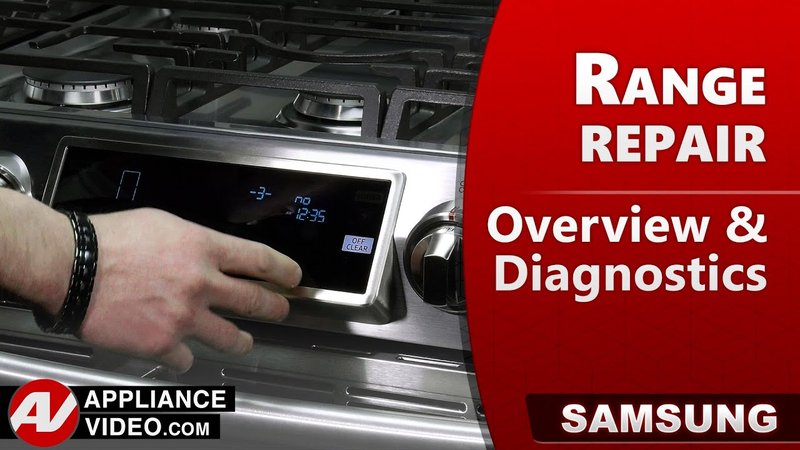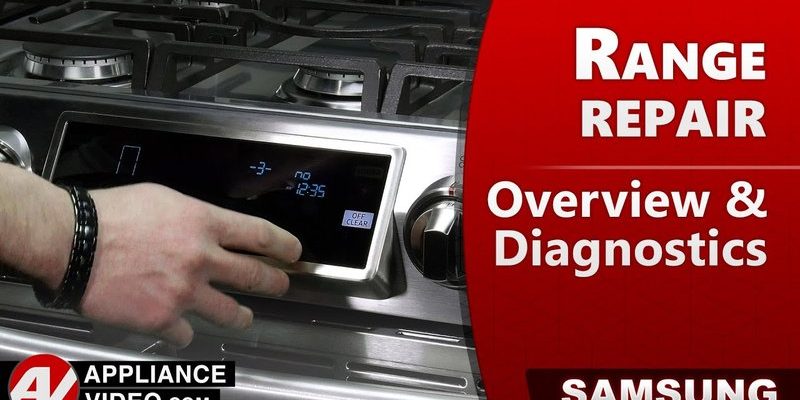
So, what exactly does Error Code E2 mean? In simple terms, this code typically points to a temperature sensor issue within your oven. Think of it as your oven’s way of saying, “Hey, something’s off with my thermostat!” Just like a thermostat in your house might misbehave and make you shiver or sweat, a faulty sensor in your oven can throw off its ability to heat properly. Imagine trying to bake a cake with an unpredictable oven temperature. It’s a recipe for disaster! But with the right guidance, you can address this problem and get back to enjoying hassle-free cooking.
Understanding Error Code E2
Error Code E2 primarily signifies a problem with the oven’s temperature sensor, which is responsible for measuring the oven’s internal temperature and ensuring it reaches and maintains the set heat level. If the sensor malfunctions, the oven might not heat up sufficiently or could overheat. This glitch can be compared to a GPS that’s confused—it can’t give you the right directions if it doesn’t know where it is.
Here’s the deal: when your Samsung oven shows this error, it suggests that the sensor either isn’t getting the correct reading, or it’s sending faulty signals to the oven’s control board. The result? Your oven can’t perform its job efficiently. Sometimes, this error might pop up if you’ve had a recent power outage or surge. Just as a brief hiccup in your Wi-Fi can interrupt your video streaming, electrical inconsistencies can momentarily confuse your appliance, leading to an error.
Even though the code might seem daunting, the good news is that replacing or recalibrating the temperature sensor often resolves the issue. If you’re a handy person, you might even attempt this task yourself. Alternatively, calling in a professional ensures that the sensor is perfectly installed and that other potential hidden issues are addressed.
Common Causes of Error Code E2
One of the most common triggers for this error is a defective temperature sensor. Over time and with regular use, these sensors can wear out. Imagine how a well-worn sneaker loses its support and cushion—similarly, a sensor can lose its ability to accurately read temperature changes after years of service. Basically, it starts sending incorrect information to the control panel, which doesn’t bode well for your cooking endeavors.
Another potential cause is wiring issues. Sometimes, the connections between the sensor and the control board get loose or damaged. It’s akin to speaking into a faulty microphone—it doesn’t matter how clearly you talk if the wiring inside is messed up, the message won’t come out right. In older models, this might happen due to normal wear and tear, especially if the oven has been moved often or subjected to vibrations.
On rarer occasions, the problem might lie with the oven’s control board itself. If everything seems fine with the sensor and its connections, but the error persists, the electronic control board might be the culprit. This situation can be compared to having a perfectly good computer, except for a malfunctioning processor that prevents the machine from executing commands properly.
Steps to Troubleshoot and Fix Error Code E2
Before you take any drastic measures, try the simple step of resetting your oven. Turn off the power to the unit for a few minutes. Like rebooting a computer that’s acting up, this can sometimes clear the error. If the code disappears, hooray! You’re back in business. If not, it’s time to delve deeper.
Next, inspect the temperature sensor. It’s usually located at the back wall inside the oven. If you decide to check this yourself, ensure the oven is completely cool and unplugged. You’ll be looking for any obvious signs of damage or disconnection. If the sensor seems faulty, a replacement is often necessary. This involves unscrewing the damaged sensor and installing a new one in its place. Though it might sound daunting, it’s a manageable task for those familiar with basic appliance repair.
Should the sensor and connections appear fine, but you’re still encountering the error, it’s likely time to consider a professional’s help. Tackling the control board is a more intricate operation, often requiring expert knowledge to assess whether repair or complete replacement is needed.
Preventative Measures and Final Thoughts
To reduce the risk of encountering an Error Code E2 in the future, regular maintenance of your oven can go a long way. Avoid overwhelming the oven with an abundance of heavy dishes or pans, and ensure it’s positioned properly to prevent unnecessary vibrations. Like maintaining a car engine, a bit of TLC can extend the life of your kitchen appliance.
Additionally, consider investing in a good surge protector for your oven if you frequently experience power outages or surges. Much like wearing a protective helmet when cycling, it grants additional protection and peace of mind in safeguarding your home appliance’s electronics.
Ultimately, addressing Error Code E2 doesn’t have to be a headache. With some understanding and troubleshooting, you’ll be back to browsing recipes and enjoying your culinary endeavors in no time. Remember, every challenge in the kitchen is just an opportunity to learn something new. Happy cooking!
